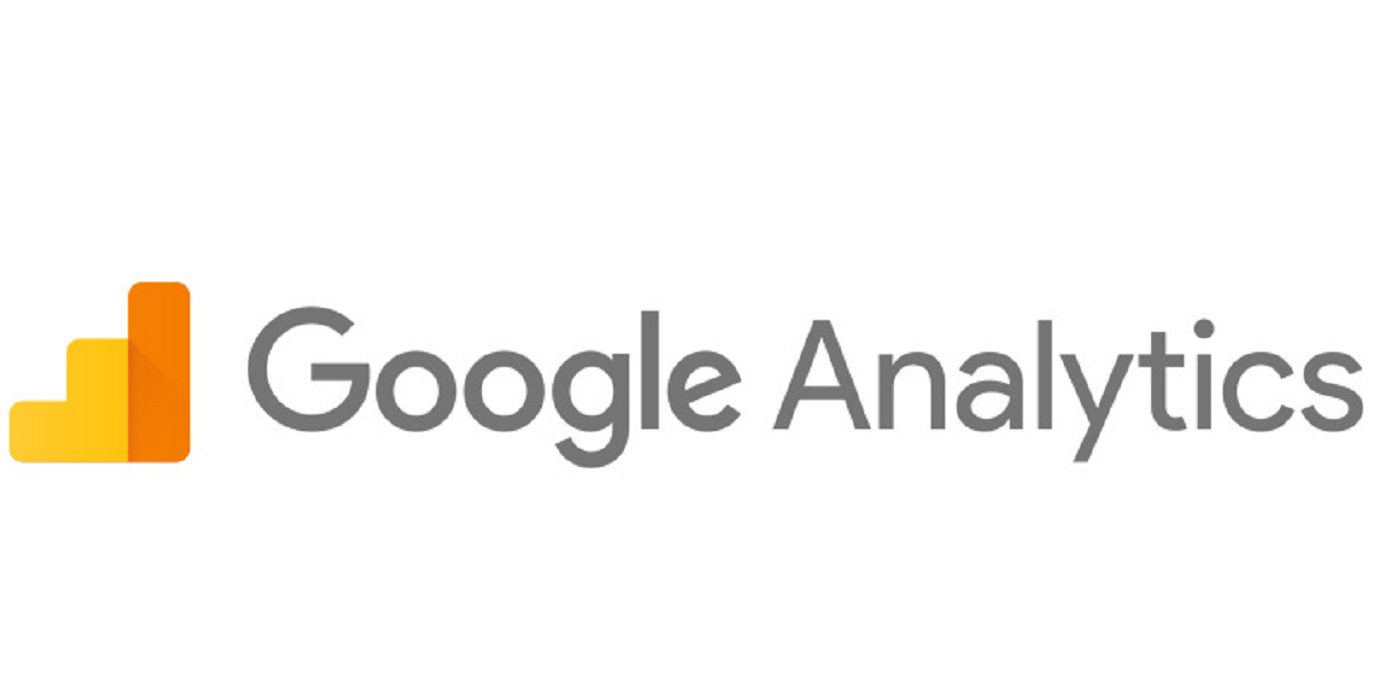In the ever-evolving landscape of modern business, understanding your audience is paramount to success. One of the foundational steps in effective marketing is defining your Ideal Customer Profile (ICP). By clearly identifying the characteristics, needs, and behaviors of your target audience, you can tailor your products, services, and marketing efforts to attract and retain valuable customers. In this guide, we’ll explore the importance of defining your ICP and provide practical tips for crafting a profile that sets you on the path to success.
Why Define Your Ideal Customer Profile?
Defining your Ideal Customer Profile is more than just a theoretical exercise – it’s a strategic imperative that can have a profound impact on your business’s growth and profitability. Here’s why:
- Targeted Marketing: By understanding who your ideal customers are, you can create targeted marketing campaigns that resonate with their needs and preferences, leading to higher conversion rates and ROI.
- Improved Product Development: A clear understanding of your audience enables you to develop products and services that address their specific pain points and challenges, increasing customer satisfaction and loyalty.
- Enhanced Customer Experience: Tailoring your offerings and communications to align with your audience’s preferences fosters a more personalized and engaging customer experience, fostering stronger relationships and brand loyalty.
How to Define Your Ideal Customer Profile:
Now that we understand the importance of defining your ICP, let’s explore some practical steps for crafting a profile that guides your marketing efforts and drives business success:
- Conduct Market Research: Start by gathering data on your existing customers and analyzing trends, demographics, and behavior patterns. Look for common characteristics, such as industry, company size, location, job title, challenges, and goals.
- Create Buyer Personas: Based on your research, develop detailed buyer personas that represent different segments of your target audience. Each persona should include demographic information, job role, pain points, goals, objections, preferred communication channels, and buying behavior.
- Identify Pain Points and Challenges: Gain insights into the specific pain points, challenges, and goals that drive your target audience’s decision-making process. What problems are they trying to solve? What obstacles do they face in achieving their objectives?
- Map the Buyer’s Journey: Understand the stages that your ideal customers go through before making a purchase decision. From awareness and consideration to decision-making and post-purchase support, map out the key touchpoints and interactions along the buyer’s journey.
- Collect Feedback and Iterate: As your business evolves and your market landscape changes, continue to collect feedback from customers and prospects to refine and iterate on your Ideal Customer Profile. Stay attuned to emerging trends, shifts in customer behavior, and evolving industry dynamics.
What’s Your Ideal Customer Profile?
Defining your Ideal Customer Profile is a foundational step in effective marketing and business growth. By understanding the needs, preferences, and behaviors of your target audience, you can create targeted marketing campaigns, develop products and services that resonate with your customers, and deliver exceptional experiences that foster loyalty and advocacy. Invest the time and effort to craft a detailed ICP, and reap the rewards of deeper customer relationships, increased sales, and sustainable business success.




